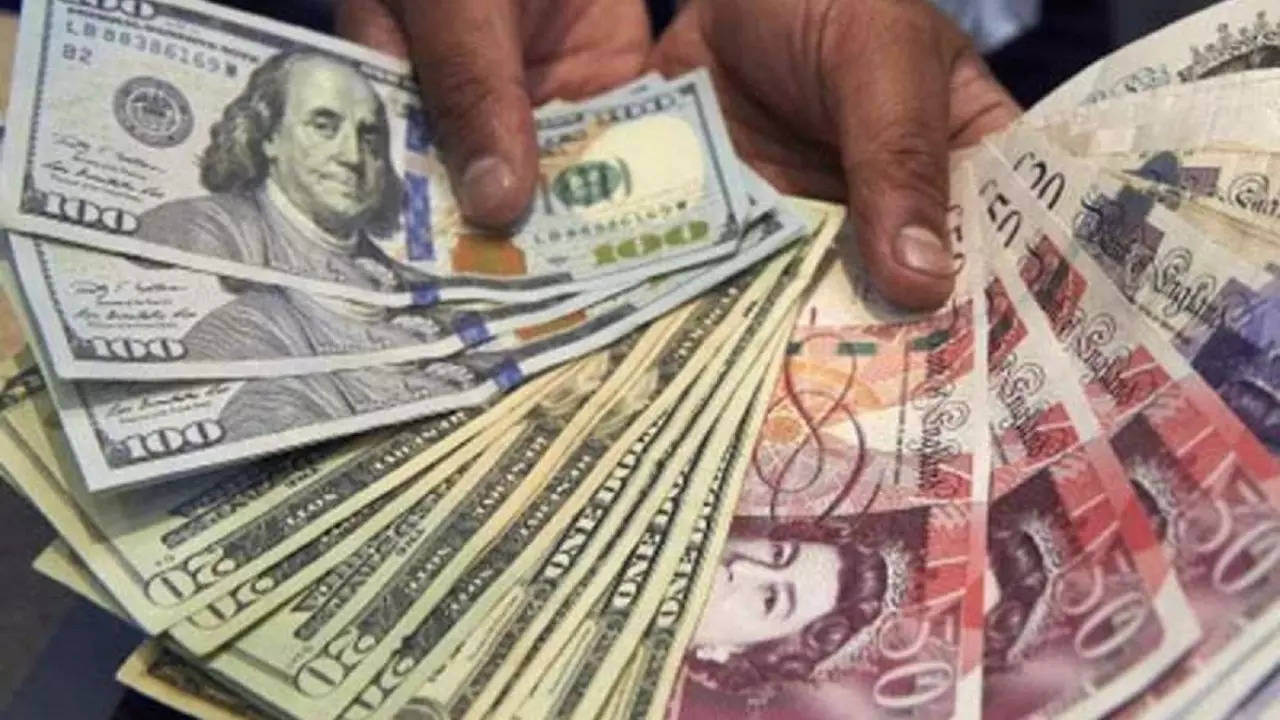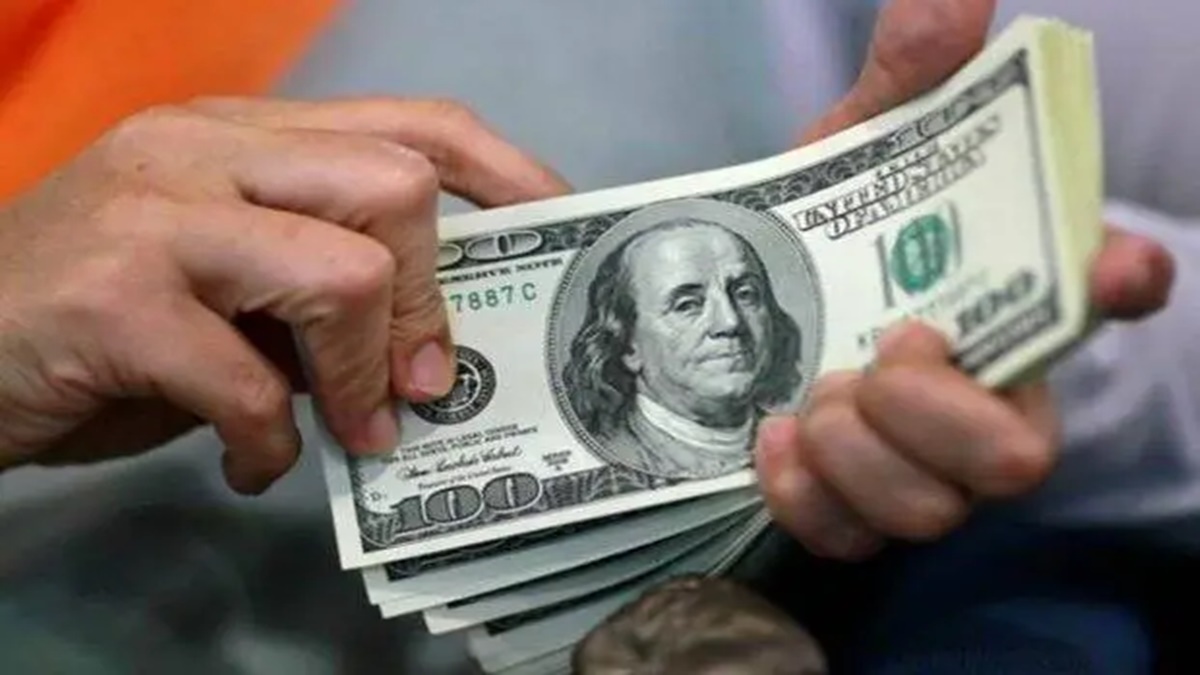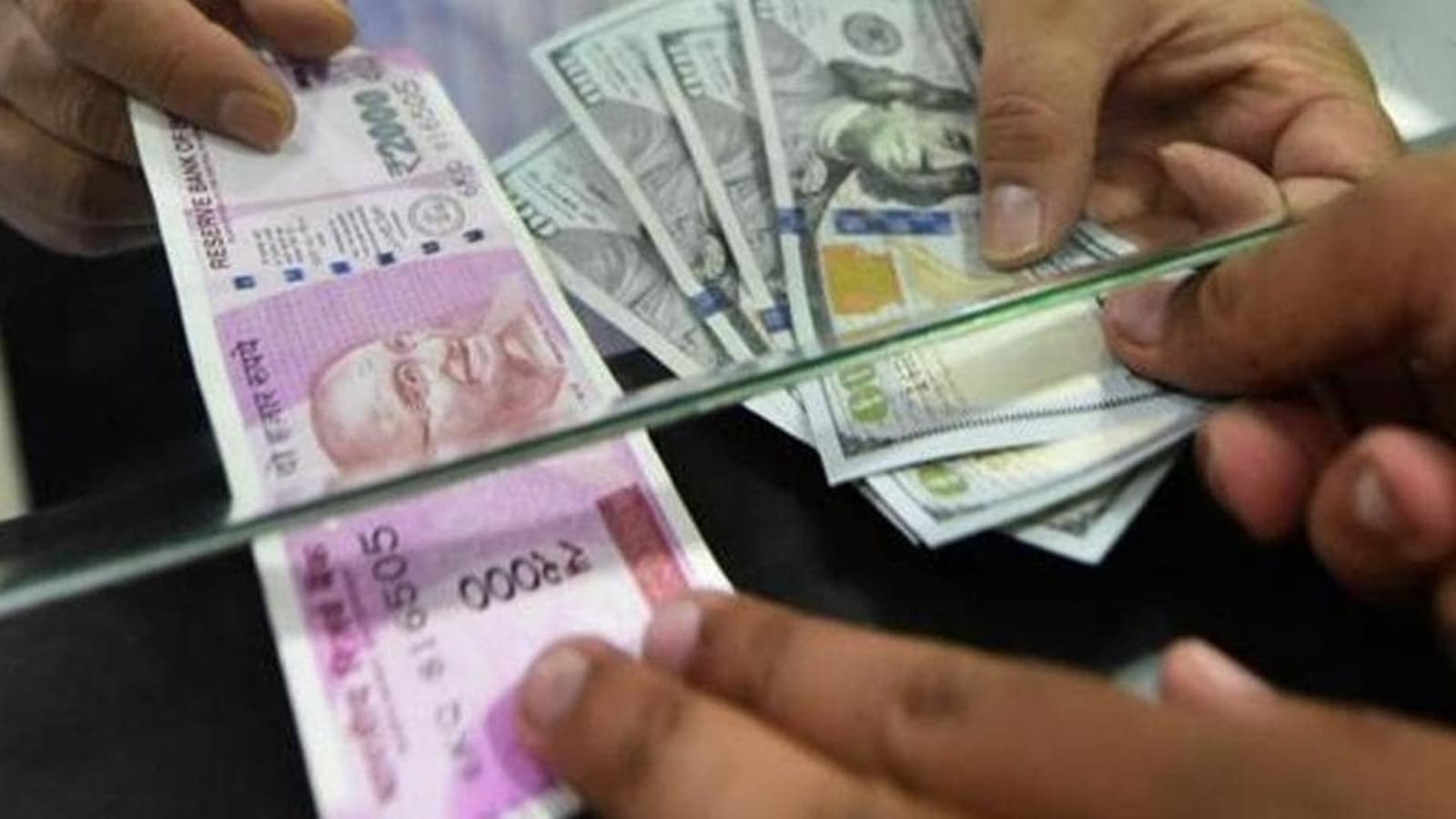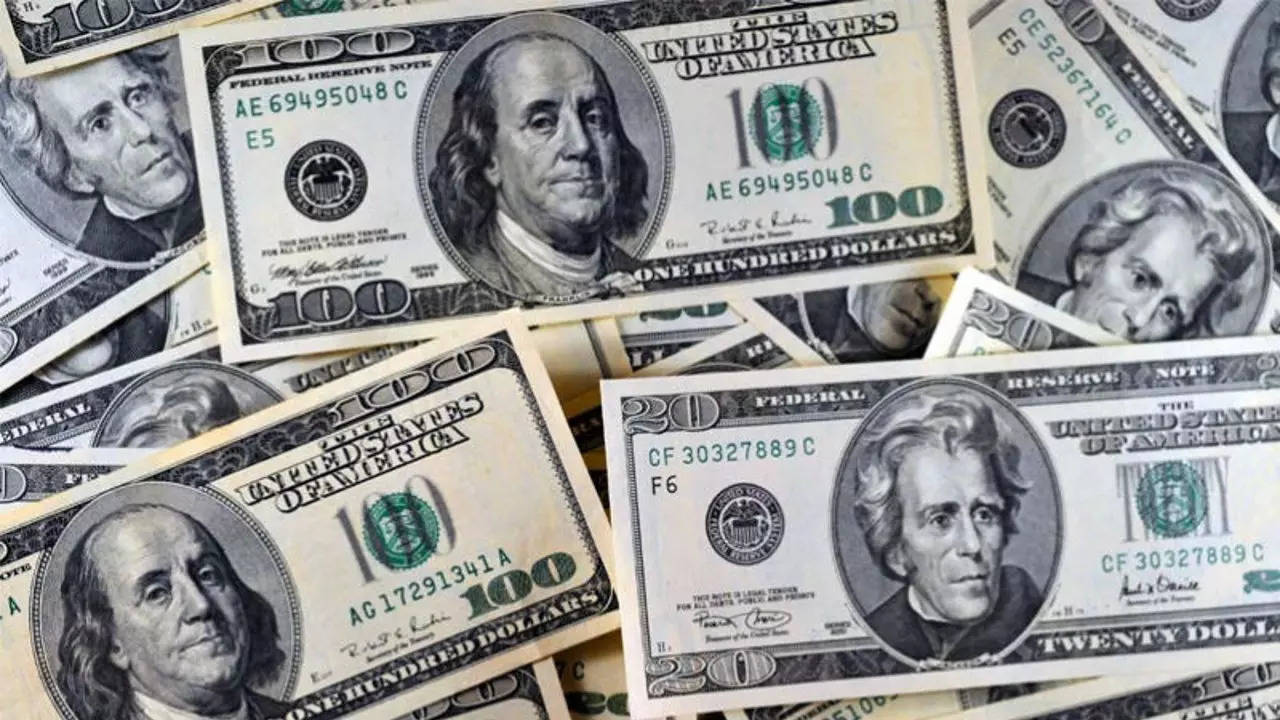Forex Reserves Surge to USD 585.89 Billion: A Remarkable USD 1.15 Billion Boost

Forex Reserves Surge to USD 585.89 Billion: A Remarkable USD 1.15 Billion Boost
Forex reserves, short for foreign exchange reserves, are a crucial economic indicator for any country. These reserves consist of a nation’s holdings of foreign currencies, gold, and various international assets, including Special Drawing Rights (SDRs) from the International Monetary Fund (IMF).
Forex reserves play a pivotal role in stabilizing a nation’s currency, managing balance of payments, and ensuring economic stability.

Recently, it was reported that India’s forex reserves have increased by USD 1.15 billion, reaching a total of USD 585.89 billion.
According to figures from the RBI, India’s foreign exchange reserves climbed by USD 1.153 billion to USD 585.895 billion during the week ending October 13 after many weeks of fall.
The nation’s foreign exchange reserves hit an all-time high of USD 645 billion in October 2021. The reserves were depleted as the central bank utilised them to protect the rupee against pressures mostly brought on by global events since last year. The total reserves decreased by USD 2.166 billion to USD 584.742 billion over the previous reporting week.
According to the Weekly Statistical Supplement published by the RBI, the foreign currency assets, a significant part of the reserves, fell by USD 178 million to USD 519.351 billion for the week ending October 13.

The value of the gain or depreciation of non-US currencies like the euro, pound, and yen held in foreign exchange reserves is included in the foreign currency assets, expressed in dollar terms. The RBI said that throughout the week, gold reserves increased by USD 1.268 billion to USD 43.575 billion.
According to statistics from the apex bank, India’s reserve position with the IMF decreased by USD 8 million to USD 4.975 billion during the reporting week.
Forex reserves are used to stabilize the domestic currency. Central banks intervene in the foreign exchange market by buying or selling their own currency to maintain exchange rate stability. If a country’s currency is depreciating, the central bank can use its reserves to buy its currency, thereby increasing its value.
Forex reserves help in managing a nation’s balance of payments. They can be used to pay for imports, service foreign debts, and bridge temporary trade deficits. In times of economic crisis, reserves act as a buffer, ensuring that a country can meet its international obligations.

A high level of forex reserves signals economic stability and fiscal responsibility, which can attract foreign investments and promote economic growth. It enhances a country’s credibility in international financial markets.
Forex reserves act as a financial cushion during emergencies such as natural disasters, pandemics, or global economic crises. They provide a source of funds to address unexpected challenges.
An increase in forex reserves reflects a boost in economic confidence. It indicates that foreign investors have faith in the country’s economic stability and growth prospects. This confidence can lead to increased foreign direct investment (FDI) and portfolio investment.
A surge in forex reserves can help strengthen the Indian Rupee. The central bank can use these reserves to buy rupees in the foreign exchange market, increasing its value. This can be beneficial for controlling inflation and making imports cheaper.
Higher forex reserves mean that India has the capacity to pay for a more extended period of imports, even in the event of a trade imbalance or external shocks. This reduces the vulnerability to external economic pressures.

Forex reserves can be used to service foreign debt obligations, ensuring that India can meet its repayment commitments without undue strain on its domestic finances.
Adequate forex reserves provide flexibility in implementing monetary policies. Central banks can choose to lower interest rates or take other measures to stimulate economic growth without being overly concerned about currency depreciation.
A trade surplus occurs when a country exports more than it imports. This leads to an inflow of foreign currency, adding to the forex reserves.
Foreign investments, such as FDI and portfolio investments, can increase forex reserves as they bring in foreign currency.

Countries with a substantial diaspora population often receive significant remittances, which contribute to forex reserves.
If a country’s currency appreciates against other major currencies, its forex reserves will increase in value when expressed in its domestic currency.
India’s forex reserves reaching USD 585.89 billion with a recent increase of USD 1.15 billion is a significant milestone. It reflects confidence in India’s economic stability and its ability to navigate global economic challenges.
These reserves provide a cushion against external shocks, enhance currency stability, and offer the flexibility needed to manage various aspects of economic policy.

However, it is essential for policymakers to continue managing these reserves prudently to ensure long-term economic sustainability and growth.
In a globalized world, forex reserves will continue to play a pivotal role in safeguarding a nation’s economic well-being.




